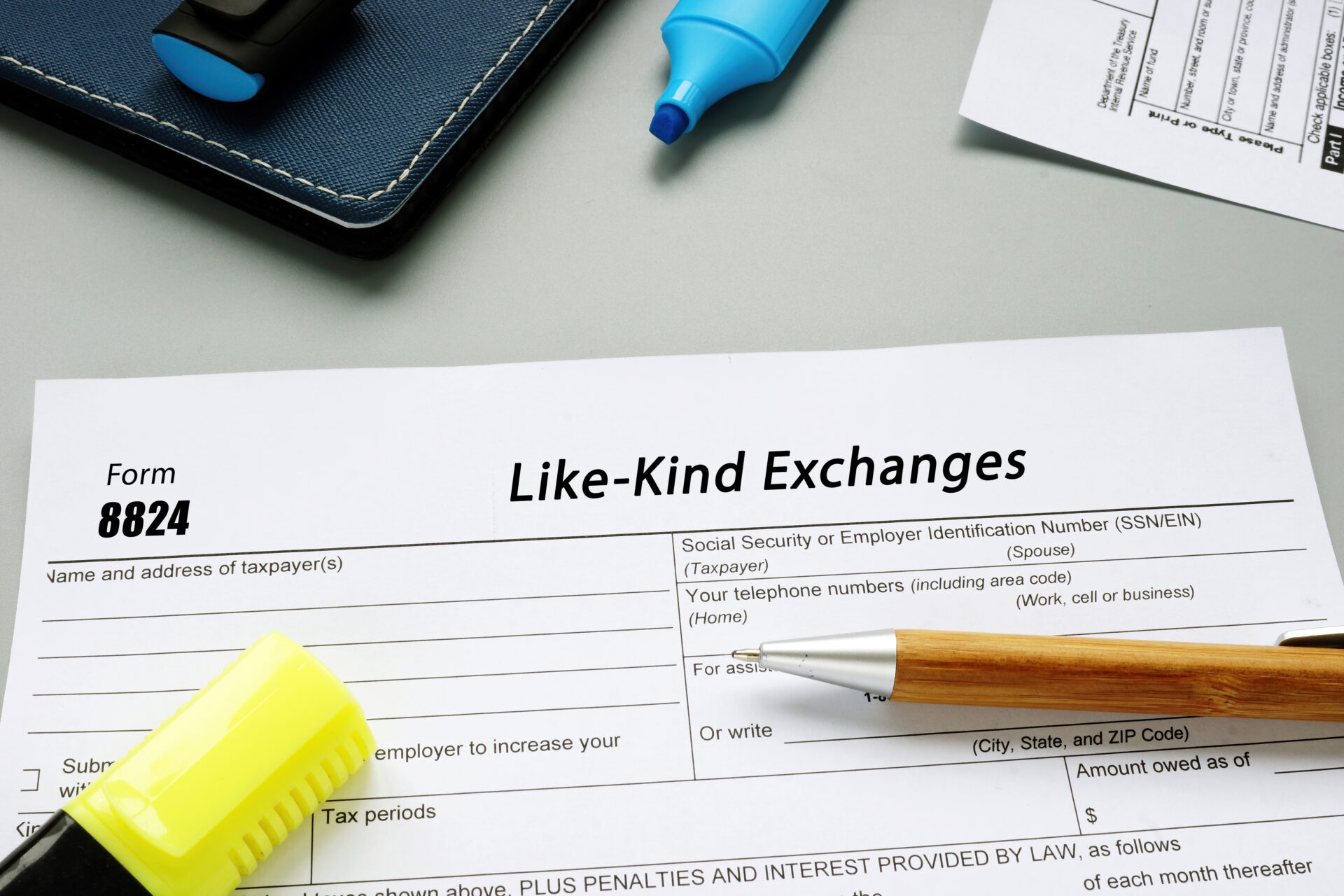Navigating 1031 Exchanges with Related Parties: What You Need to Know
Engaging in a 1031 exchange can be a powerful strategy for deferring capital gains tax. It enables investors to maximize the growth of their wealth. However, the complexity of the Internal Revenue Code can pose challenges. This is especially true when related-party transactions are involved. For our clients at WealthBuilder 1031, understanding the intricacies of exchanging with a related party is crucial. Let’s delve into the specifics to ensure that you are well equipped to navigate these complex waters.
Understanding the 1031 Exchange
A 1031 exchange, named after Section 1031 of the Internal Revenue Code, allows an investor to defer paying capital gains taxes on the sale of an investment property. This is achieved by reinvesting the proceeds into a like-kind property. This strategy has become popular among investors looking to optimize their tax positions and grow their portfolios.
The Two-Year Holding Requirement
When it comes to related-party transactions, Section 1031(f) adds an additional layer of complexity. If a taxpayer chooses to engage in a 1031 exchange with a related party, both parties are required to hold onto the acquired properties for a minimum of two years. Failure to adhere to this holding period results in the disallowance of the exchange. This situation triggers capital gains tax.
Defining Related Parties
Related parties include linear blood relatives and entities in which the taxpayer owns an interest. However, this definition extends to certain trusts and entities, making it imperative to fully understand the scope of these relationships.
Avoiding the Two-Year Rule: A Cautionary Tale
Section 1031(f)(4) was established to prevent taxpayers from circumventing the two-year holding requirement through strategic structuring of exchanges. For example, a taxpayer cannot avoid the two-year rule by selling the replacement property to the buyer of the relinquished property. Then, if the buyer exchanges it back to the taxpayer, it’s still disallowed. Despite this, some have attempted to navigate around the rule, leading to legal scrutiny.
Courts have ruled in several cases that using an accommodator to hold funds in an exchange is equivalent to attempting to avoid the two-year rule. This results in the disallowance of the exchange, even if the taxpayer was to hold the replacement property for the required two years.
What Should You Do?
Engaging in a 1031 exchange with a related party demands careful consideration. You need a thorough understanding of the Internal Revenue Code. The two-year holding requirement and the intricacies of related-party definitions make these transactions especially complex.
At WealthBuilder 1031, we are committed to guiding our clients through the complexities of 1031 exchanges. We ensure that you make informed decisions aligned with your investment goals. If you have questions or need assistance with a related-party 1031 exchange, don’t hesitate to reach out to us at (888) 501-1901. Our team is here to help you navigate these challenging waters and build your wealth with confidence.
For more helpful information, check out:

What Is a 1031 Tax Deferred Exchange?

Reverse 1031 FAQs: The 25 Questions Investors Ask Most (With Straightforward Answers)



